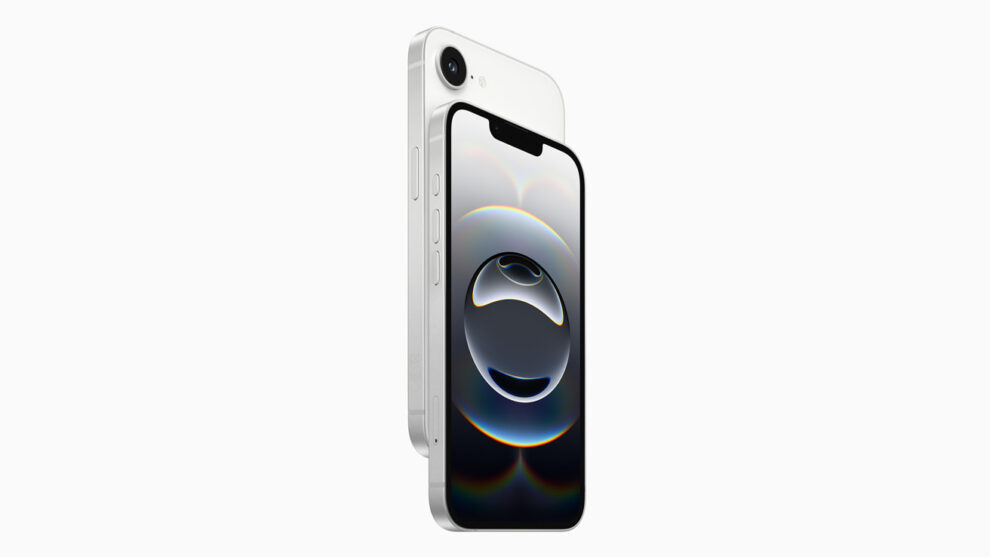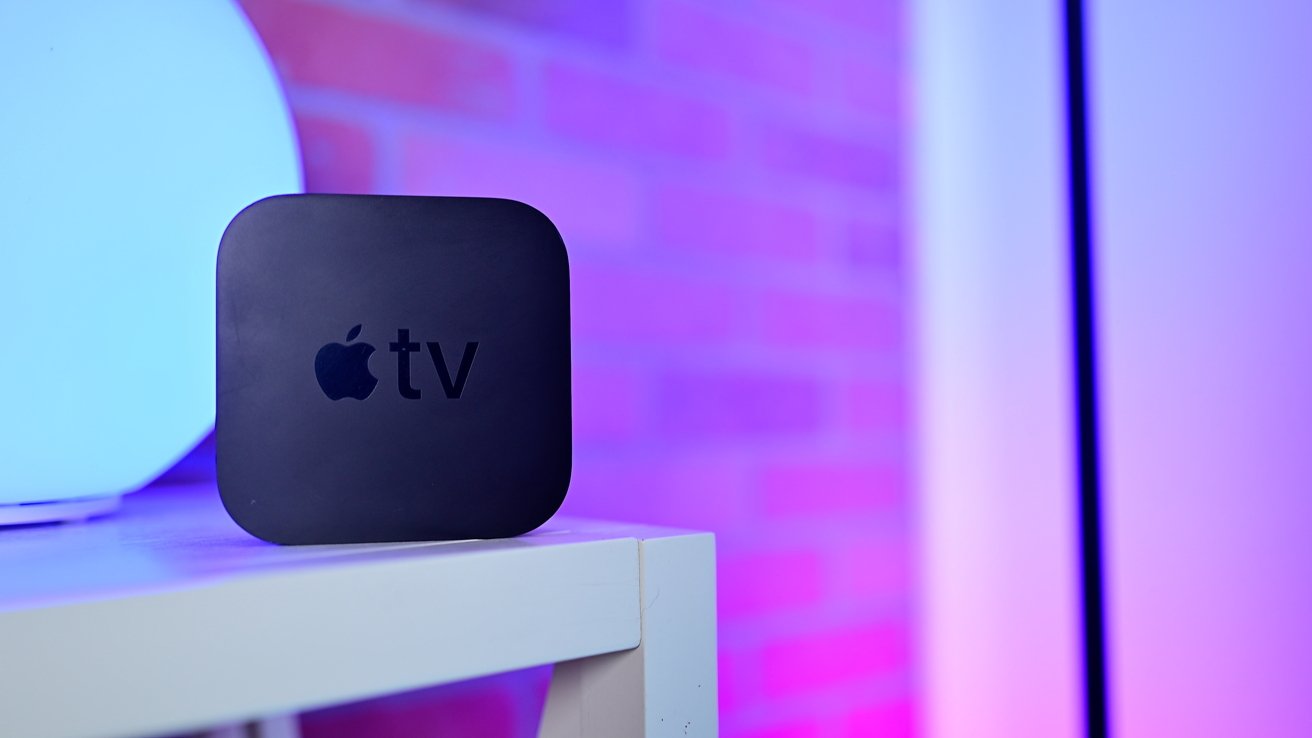Lab tests indicate Apple’s custom-designed modem in the upcoming iPhone 16e performs comparably to the modem in the standard iPhone 16, but consumes significantly less power. Data from independent testing facilities show the 16e’s modem, a variant of Apple’s in-house silicon, achieves similar download and upload speeds to the Qualcomm modem used in the iPhone 16. However, the 16e’s modem demonstrates a marked reduction in power consumption during sustained data transfers. This finding suggests potential improvements in battery life for the 16e model.
The testing focused on key performance metrics, including download and upload speeds under varying network conditions, latency, and power consumption during prolonged data transfers. Tests replicated real-world scenarios, such as streaming video, downloading large files, and making voice calls. The results indicate the 16e modem maintains consistent performance across these scenarios, matching the speeds observed in the iPhone 16.
Specifically, the tests measured power draw in milliwatts during sustained 5G data transfers. The 16e modem consistently showed power consumption figures lower than the Qualcomm modem in the 16. The difference in power draw, while appearing small on an individual test, adds up over hours of usage, potentially extending the device’s battery life.
Apple’s move to develop its own modem is part of a broader strategy to reduce reliance on third-party suppliers. The company aims to control more of the core components in its devices. This control allows for greater integration between hardware and software, potentially leading to performance and power advantages. This effort has been ongoing for years. Apple acquired Intel’s modem business in 2019, signalling its intention to develop in-house cellular technology.
The 16e, positioned as a more budget-friendly option within the iPhone 16 lineup, benefits from this development. The modem’s power efficiency is a key feature, as it addresses a common concern among smartphone users: battery life. The reduced power consumption is attributed to optimizations in the modem’s architecture and power management systems. Apple engineers focused on minimizing power leakage and streamlining data processing to achieve these gains.
Network compatibility testing also took place. The 16e modem proved compatible with a wide range of cellular frequencies and network technologies, including 5G sub-6GHz and mmWave. This ensures the device can operate on networks worldwide. The tests included verifying compatibility with various carrier aggregation configurations, which combine multiple frequency bands to increase data speeds.
The lab tests also examined signal strength and stability. The 16e modem demonstrated comparable signal reception to the iPhone 16 in areas with weak signal coverage. This suggests the modem’s antenna design and signal processing capabilities are effective. The test results show no significant reduction in signal quality when tested in areas with known weak cellular reception.
The testing process involved specialized equipment to measure signal strength, data transfer rates, and power consumption. The labs used network simulators to create controlled environments, allowing for repeatable and reliable tests. The data gathered from these tests underwent rigorous analysis to ensure accuracy. Independent testing facilities also performed cross verification of the data, to ensure consistency.
Apple has not officially commented on the test results. However, the data confirms reports indicating the company’s progress in modem development. The 16e’s modem represents a significant step forward in Apple’s efforts to control its cellular technology. The data shows Apple has produced a modem that performs well and uses less power.










Add Comment